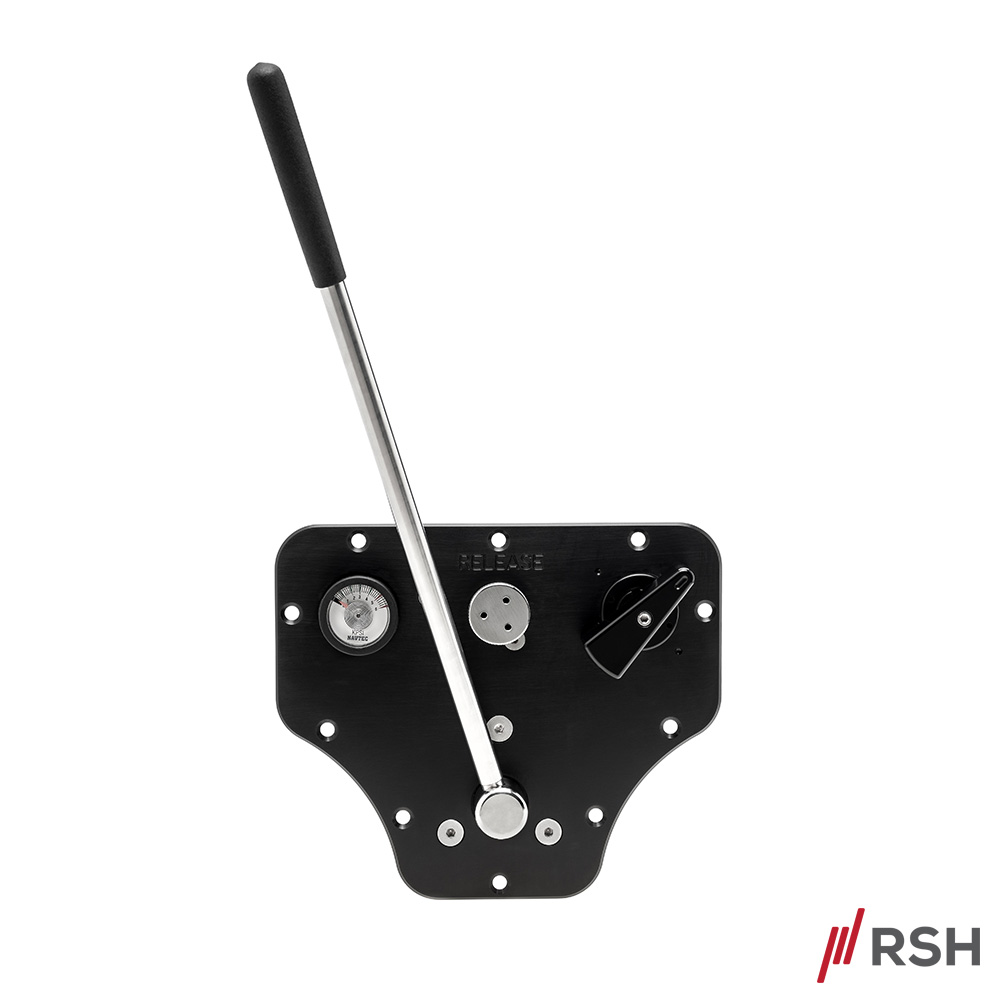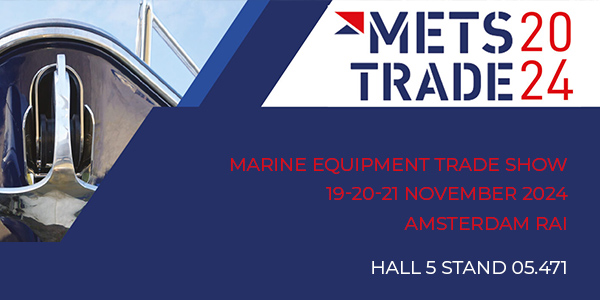
29 Jul Hydraulics : Elegant Muscle part 2
By Steve Loutrel
How hydraulics work
Hydraulics operate on the principle that fluid under pressure generates a force that is the product of the pressure and the area of the cylinder. Hydraulic cylinders can produce very high forces in a compact space. For example, a cylinder that has a 3-inch bore and a 4-inch outside diameter can generate a pull force of 32,000 pounds (14,5 tons). A cylinder with a 5-inch bore and 7-inch outside diameter can produce 90,000 pounds (41 tons).
Hydraulics can be utilized in two ways: linear motion (using hydraulic cylinders) and rotary motion (hydraulic motors). Different parts of a hydraulic system may operate at different pressure, using pressure reducers or intensifiers. Power may be supplied manually, via a hand pump, or (especially on larger yachts) by a combination of electric and engine-driven pumps.
Hydraulic cylinders
A hydraulic cylinder is the simplest and most common hydraulic actuator. Basically, a hydraulic cylinder is a tube with a piston in it. Hydraulic fluid under pressure acts against the piston, causing it to move along the tube (the pressure can be configured to act against either side of the piston, giving a push-pull capability). The piston rod exits the cylinder cap and is attached to the hardware it drives.
Hydraulic seals are used to keep the fluid from leaking past the piston or out of the cylinder at the rod end. These are dynamic, or moving, seals. Static, or nonmoving seals (frequently O-rings) are used at the clevis and cap ends of the tube.
Characteristics of a marine hydraulic cylinder should include:
Stephen “Steve” Loutrel is Consultant in Naval Architecture and Mechanical Engineer
Director of engineering in Navtec and Lewmar-Navtec from 1976 to 2009





